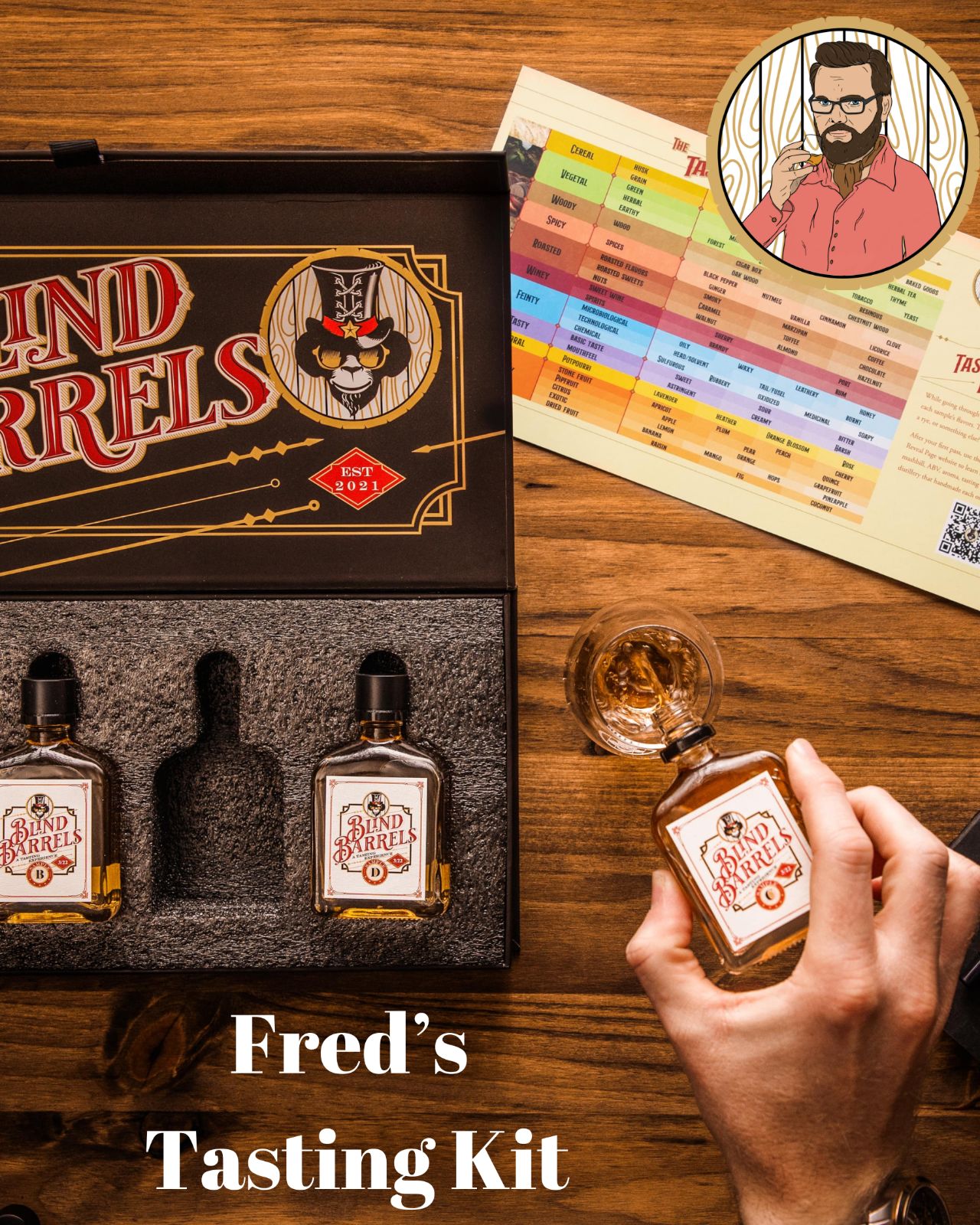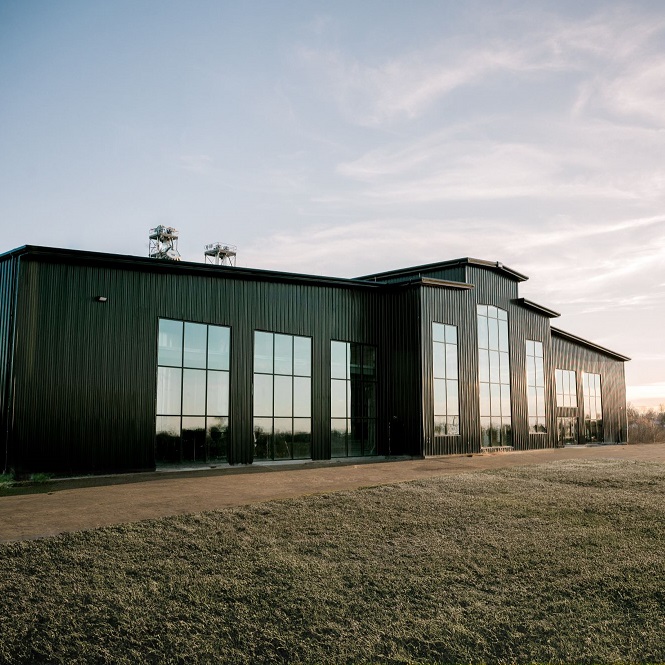Distillery Profile: Kentucky Artisan Distillery
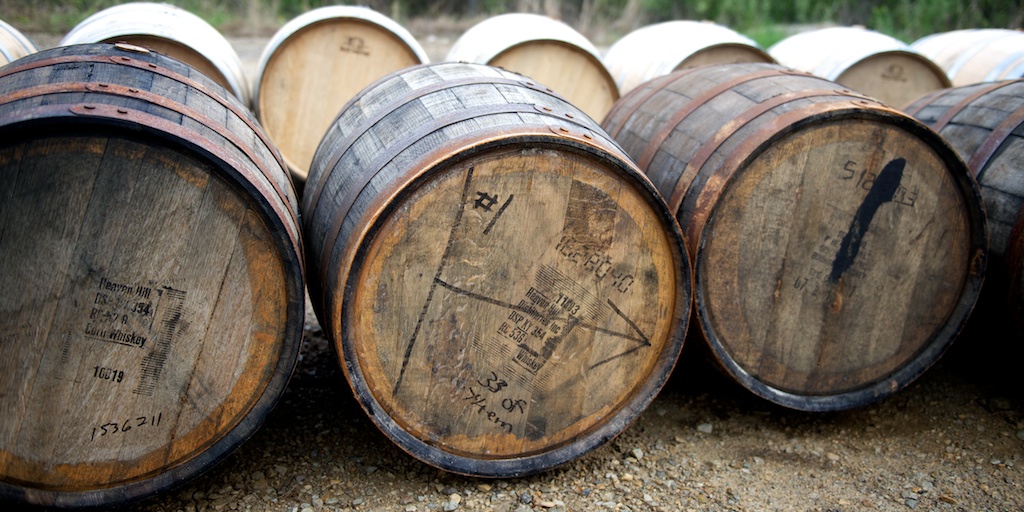
Starting a distillery has become the new retirement plan for doctors, lawyers and bankers.
To get the ball rolling, they call a distillery or consultant, who typically crush their dreams saying it will take them four to six years to get anything decent on the market.
“We get calls all the time from people wanting to invest or start their own brand,” says Steve Thompson, founder of the Kentucky Artisan Distillery in Crestwood, Ky. “I tell them: ‘Don’t even start this unless you have a million dollars, or a couple million bucks.’ I’ve been through this a hundred times, the breakeven point for a micro still is 6,000 cases a year.”[adrotate banner=”6″]
Thompson is the former president from Brown-Forman. He left in 1995 to start RF Industries, a railroad and food industries company that created pumps, filters and steel fabrications. He retired from RF and moved to Hawaii, only to create the Hawaii Island Spirits Inc. in 2007 and eventually move back to Kentucky to create Kentucky Artisan Distillery.
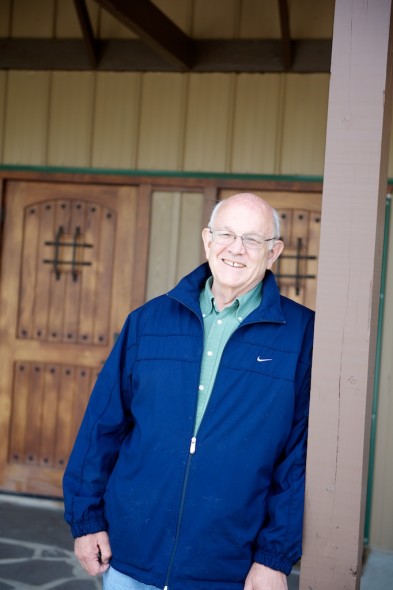
When Kentucky Artisan Distillery (also doing business as Copperhead Distillery Company) opened in December 2013, the contract distilling market needed new blood.
Heaven Hill, Barton, Brown-Forman and others were shifting their still time to reflect their own brands’ priorities. There’s minimal stock available for purchase and fewer big companies are contract distilling for new clients. So what’s a potential upstart whiskey brand to do?
After hearing “no” from the likes of Brown-Forman or told they’re on the “waiting list” from MGP Ingredients, the potential new brands are calling new facilities that have been producing liquor for less than four years.
Kentucky Artisan Distillery is one of these distilleries, but Thompson says he can only accommodate four contract customers. Currently, Kentucky Artisan produces whiskey for Barrell Bourbon, Jefferson’s (which is a minority shareholder) and Highspire. Kentucky Artisan also makes its flagship brand Whiskey Row. Until Kentucky Artisan has older stocks, Whiskey Row will be sourced whiskey from several distilleries.
Geeky Distilling Stuff
Kentucky Artisan uses some of the retired Old Forester stills, including a 1,125-gallon pot still that prior to Kentucky Artisan was last pressure tested in 1946. With their thick worn copper, these beautiful stills do not shine or shimmer; they’re workhorse stills, the kind you probably don’t show on a tour. Unless you’re a geek like me, you probably don’t look at these stills and think: “OMG!”
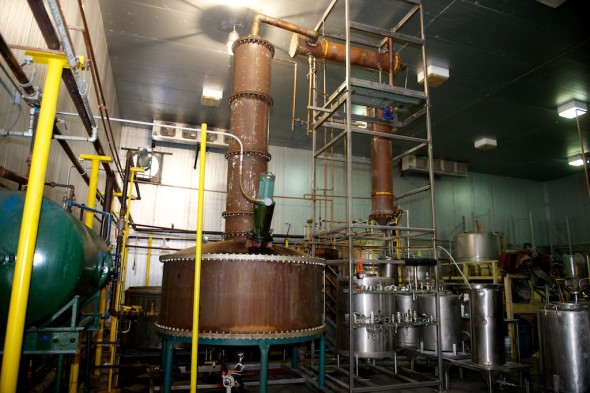
Kentucky Artisan’s spirit comes off the still at 135 proof and has a 110 proof for the barrel-entry proof. (For bourbon, U.S. regulations state that off-the-still proof can be no higher than 160 and barrel-entry no higher than 125.)
With the exception of the malt, all grains are coming from Kentucky Artisan’s Oldham County.
The distillery ages bourbon and rye in Char No. 3 barrels made at Louisville’s Kelvin Cooperage. As for warehouses, well, this is a little bit of an interesting study. Currently, Kentucky Artisan is using shipping containers and the bare ground to age its whiskey, including Jefferson’s Groth. The metal containers get extremely hot during the Kentucky summer, and the whiskey is quickly evaporating, likely at a rate of 15% to 20% a year. Thus, Kentucky Artisan plans two 7,000-square-feet warehouses.
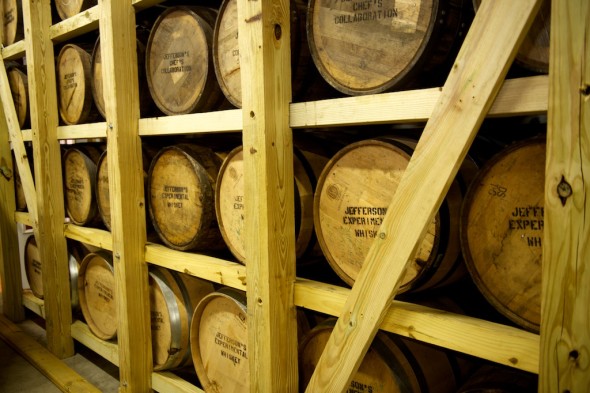
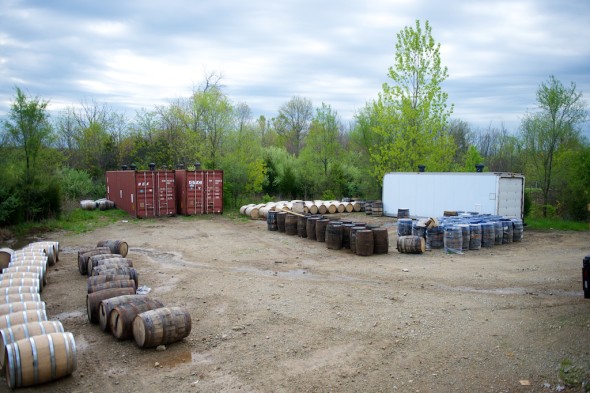
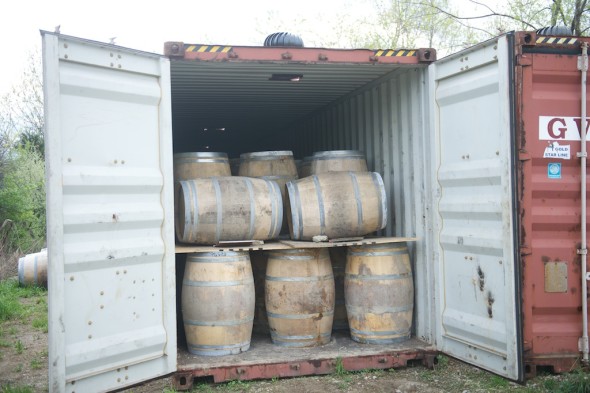
The distillery uses no automation and manually turns all knobs.
The master distiller is Tripp Stimson, a former Brown-Forman chemist who started distillery consulting services in 2013. Stimson focuses more on the grains and fermentation. “A distillery’s primary focus should be on milling and fermenting,” Stimson says.
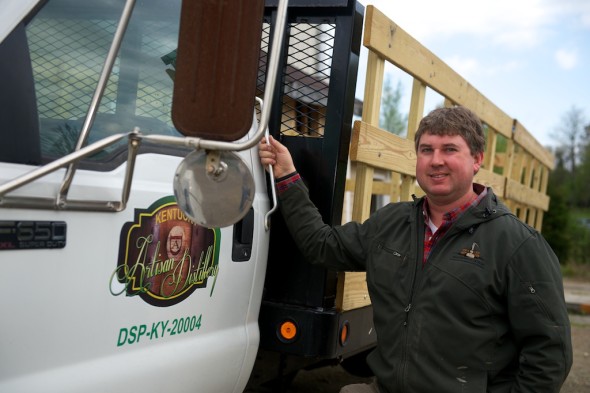
The facility has the capacity for 1,000 barrels a year, which is small, and it’s in the process of creating a visitor’s center that will highlight Jefferson’s Bourbon. I’ve seen it; it’s essentially a bunch of Jefferson’s photos and a gift shop. But as mentioned, the tour’s highlight are the beautiful old pot stills. Other than Willett’s column still, these are the oldest in-operation Kentucky stills I’m aware of.
With said, you’re likely to never know the whiskey came from these beautiful old stills. They’ll surely be blended with whiskey from other distilleries or not disclosed whatsoever. The Kentucky Artisan Distillery would prefer to make whiskey for just themselves, but after some $2 million in infrastructure, contract distilling brings in vital revenue. “You gotta pay the bills,” Stimson says. “People in the industry understand that.”
Let’s just hope that those purchasing Kentucky Artisan whiskey are honest about where the whiskey came from.
Fred Minnick is the author of Bourbon Curious and Whiskey Women.





